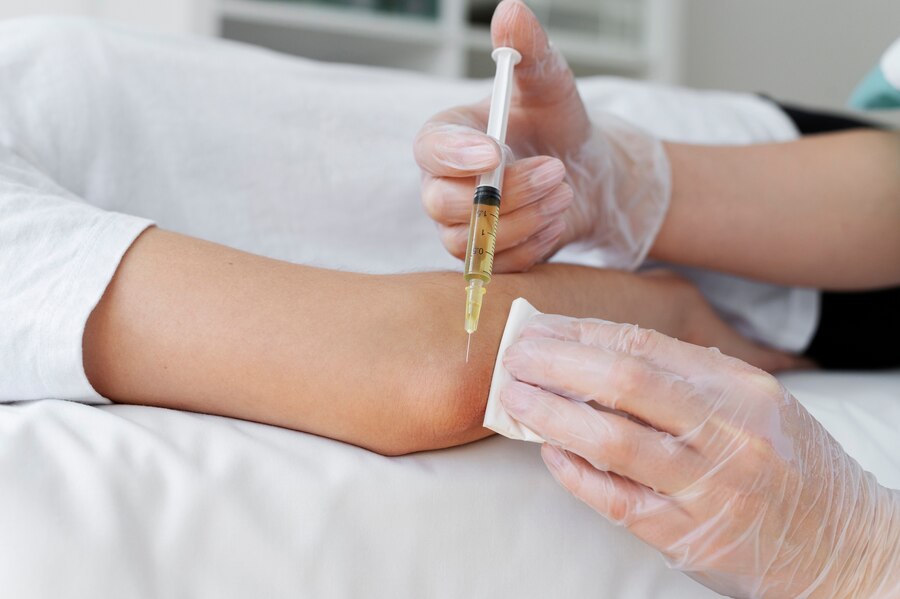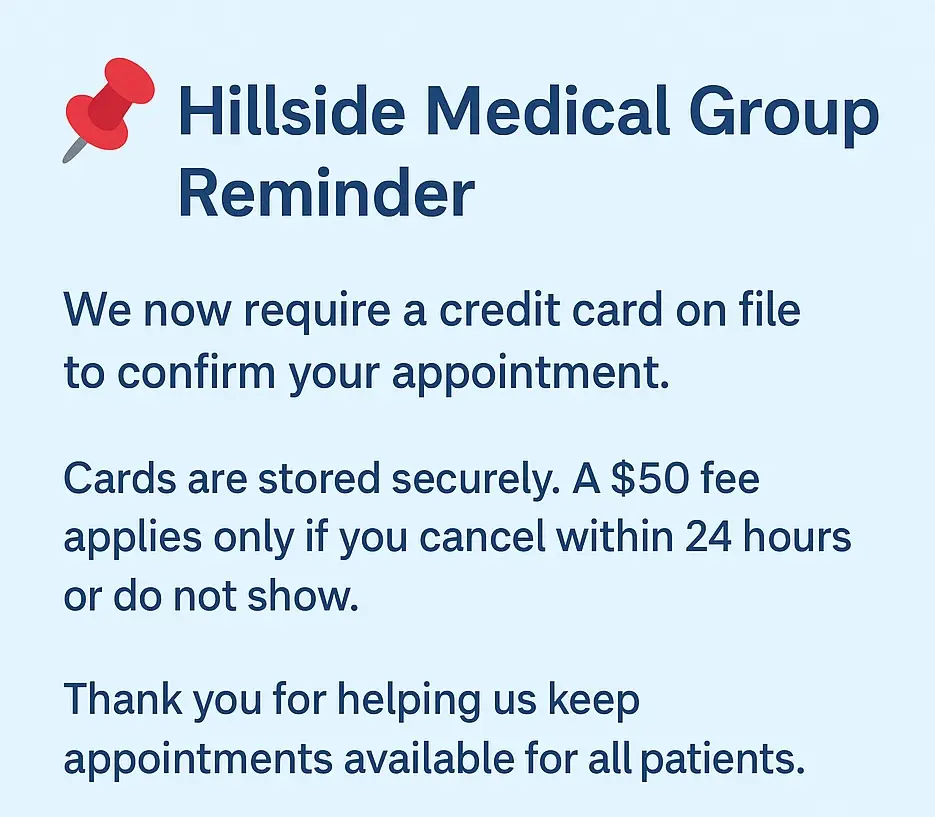Best Primary Care Doctor in Stone Oak, Live Oak, San Antonio Texas
Joint Pain Injections
- Trusted Family Care
- 40+ Providers
- Major Insurance Accepted
- 15+ Locations
Book Your Visit Now.
"*" indicates required fields
Joint Injections For Pain Relief In San Antonio | Schertz | Live Oak | Killeen | Stone Oak | El Paso | Seguin | Texas
If you are struggling with joint pain, joint injections offer a minimally invasive option for pain relief without the need for surgery. Dr Derin Patel, MD, and the team at Hillside Primary Care provide joint injections for patients in San Antonio and its neighborhoods- Castle Hills, Stone Oak, Southside, & Northside; and in Schertz, Live Oak, Killeen, Kyle, Kerrville, El Paso, Seguin, and New Braunfels, Texas. Our team of experienced joint pain specialists will work with you to determine if joint pain injections are the right treatment option for you. Schedule an appointment online today to stop joint pain faster with injections at our clinics near you.

What Are Joint Injections Used For?
Joint injections are the injection of different medications used to temporarily treat joint pain in the knee, hip, and shoulder.
Our joint pain specialist may recommend injections to treat inflammatory joint conditions, such as rheumatoid arthritis, psoriatic arthritis, gout, tendonitis, bursitis, osteoarthritis, or stress from poor mechanics or injury.
Joint injections can also help determine the cause of your pain. For instance, if our pain relief specialist injects an anesthetic solution into your hip joint, and you experience pain relief in your leg, this may indicate that the hip is the source of pain.
OR
Are There Different Types Of Joint Pain Injections?
There are various types of joint pain injections available at Hillside Primary care for the treatment of your joint conditions:
Corticosteroid Injections
Corticosteroid injections uses a combination of steroid medication and an anesthetic to alleviate pain and reduce inflammation. By targeting the inflamed area directly, corticosteroid injections can offer fast and effective relief, helping to reduce swelling, improve mobility, and alleviate pain for weeks or even months.
Platelet-rich Plasma (PRP) Injections
Platelet-rich plasma injections, or PRP injections, use your blood to encourage your body’s natural healing process of tissues within the joints and cartilage. PRP injections provide additional benefits because they are steroid-free and contain natural substances, like blood platelets, to help reduce inflammation.
Hyaluronic Acid (HA) Injections
Hyaluronic Acid (HA) injection is usually used in the knee when corticosteroid injections don’t relieve pain. HA injections are a treatment for knee pain caused by osteoarthritis (OA). Hyaluronic acid is similar to naturally occurring substances in the body that lubricates your joints. By injecting hyaluronic acid into the knee, providers aim to create more lubrication in your joint, helping it to function correctly.
What Happens During Joint Injections Procedure?
During joint pain injections procedure, a healthcare professional injects medication directly into the joint to relieve pain and inflammation. Here’s a step-by-step overview of the procedure:
- Preparation: To minimize infection risk, the procedure starts with cleaning the injection site thoroughly. The area might be numbed with local anesthesia to decrease any discomfort.
- Imaging Guidance: The physician uses ultrasound or fluoroscopy to guide the needle into the joint space. This imaging ensures correct needle placement.
- Injection: Once the needle is correctly positioned, medication (commonly corticosteroids or hyaluronic acid) can be injected into that particular joint. Corticosteroids reduce inflammation, while hyaluronic acid enhances joint lubrication.
- Procedure Duration: This outpatient procedure usually takes 15-30 minutes to complete.
- Post-Procedure Care: Quick relief may be provided by anesthetics, but its complete impact can be felt after a few days. It is recommended to rest the joint for one or two days and avoid activities that require physical exertion.
Joint injections can effectively relieve conditions such as arthritis, bursitis, and tendonitis by reducing inflammation and providing targeted pain relief directly at the source. Our experienced providers carefully administer joint pain injections at Hillside Primary Care to ensure precision and maximum comfort. Whether you’re struggling with chronic pain or flare-ups from these conditions, joint pain injections can help restore mobility and improve your quality of life.
Call Hillside Primary Care today or schedule an appointment online to get joint injections for pain relief and get back to living pain-free.
FAQs
What conditions can joint injections treat?
Joint injections are commonly used to treat arthritis, bursitis, tendinitis, and other joint-related conditions characterized by inflammation and pain.

